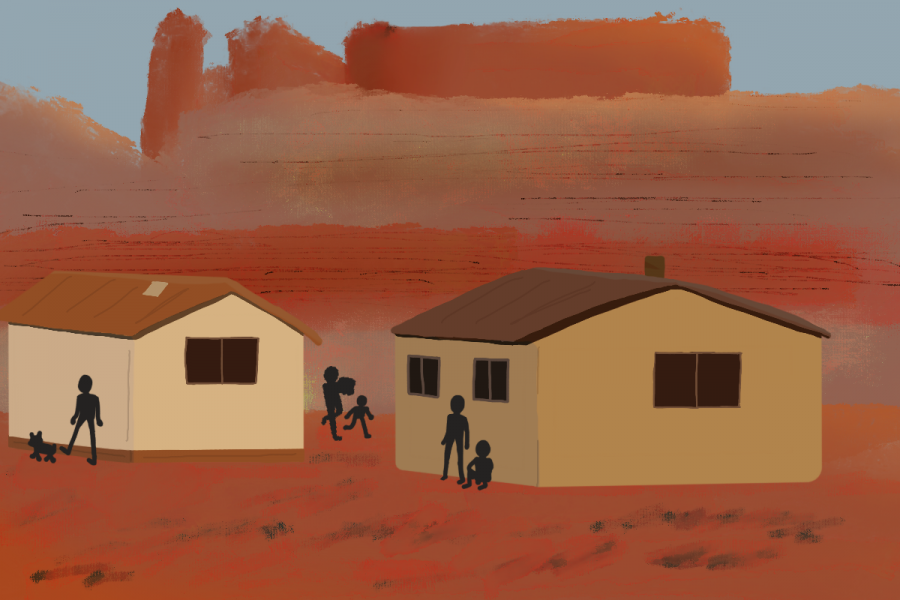As of Jan. 25, the Navajo Nation had 27,573 positive cases of COVID-19. Non-Hispanic American Indian and Alaska Native (AI/AN) people make up 0.7% of the US population; however, the group accounted for 1.3% of reported COVID-19 cases, of those with known race and ethnicity. Such disparities are not unique to COVID-19, with Indigenous populations subject to health conditions at an alarmingly higher rate than the average American. According to the Center for Disease Control, racial inequity and historical trauma throughout history have only heightened health and socioeconomic disparities.
“Persisting racial inequity and historical trauma have contributed to disparities in health and socioeconomic factors between AI/AN and white populations that have adversely affected tribal communities,” according to the Center for Disease Control.
During the 1970s, doctors sterilized almost 42% of Native American women who were of childbearing age, with some not even knowing of the process. According to an article in the Time Magazine by Brianna Theobald, a University of Rochester history professor, “people view these sterilizations as a continuum of a long history of various forms of coercion as well as neglect.”
Now, the history of neglect is repeating itself, with the COVID-19 mortality rate for Indian populations twice that of White Americans. Countless issues, from lack of research to financial and transportation deficits, plague the reservations. Lack of indoor plumbing has also been a major contributing factor in COVID-19 cases, as basic hygiene and cleanliness is needed to fight infections.
According to a study titled “American Indian Reservations and COVID-19: Correlates of Early Infection Rates in the Pandemic,” “Failure to account for the lack of complete indoor plumbing and access to potable water in a pandemic may be an important determinant of the increased incidence of COVID-19 cases.” The study continues on, exploring the way the language barrier on Indian reservations impacts the pandemic as well, as much of the information around the COVID-19 pandemic is not in indigenous languages.
“Access to relevant information that is communicated in the language spoken by many reservation residents may play a key role in the spread of COVID-19 in some tribal communities,” the study stated. “Previous studies have identified household plumbing and overcrowding, and language, as potential pandemic and disease infection risk factors. These risk factors persist.”
COVID-19 uniquely manifested itself on Indian reservations, as such areas are not as equipped and do not have the same resources to handle this crisis as other places in the U.S. The result is of the virus damaging tribal groups’ culture, exacerbating the problems these communities have faced throughout history.
In June of 2020, Kaitlin Cutice, a citizen of the Potawatomi Nation, and Esther Choo, an emergency physician at Oregon Health & Science University, published the article “Indigenous populations: left behind in the COVID-19 response.” This article advocates for indigenous populations, specifying how they were left out in the efforts against the pandemic.
“As the burden of COVID-19 increases among Indigenous communities, it will invariably take a toll on elders, who are the reservoirs of language and history,” Cuticle and Choo stated. “Their deaths would represent an immeasurable cultural loss. Indigenous communities have much to teach us about how to live sustainably and communally in a time when individualistic efforts seem to trump care for the most vulnerable; investing in their health is an investment in all of our futures.”
Do you think COVID-19 will leave a lasting impact on culture? Let us know in the comments below.













































































